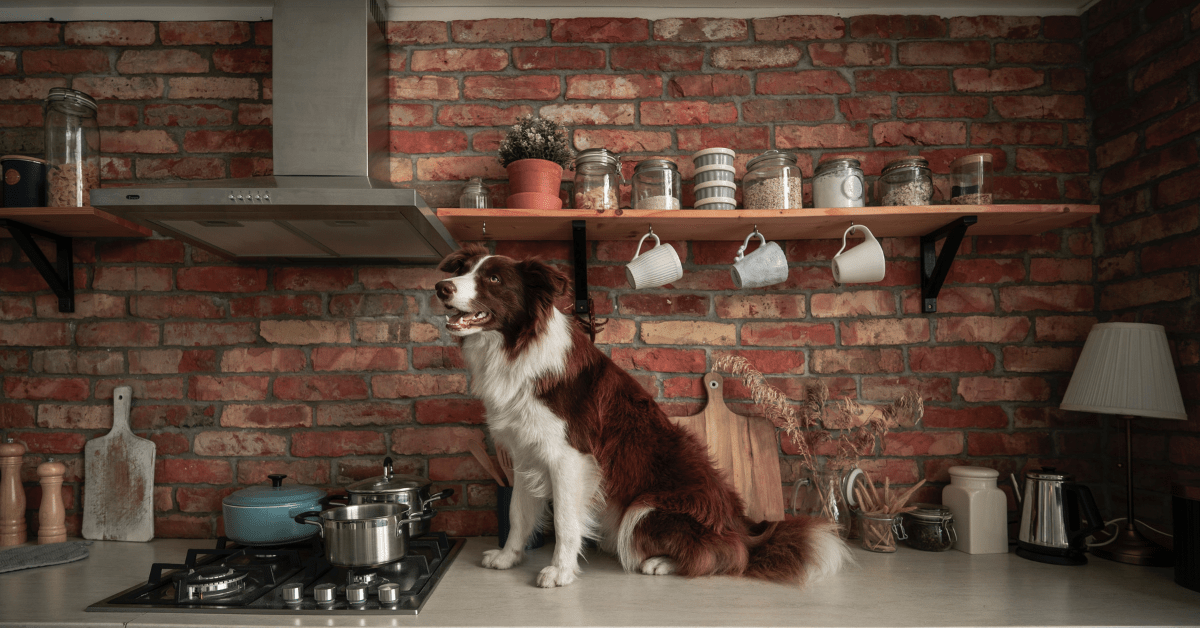Unusual airflow or poorly directed air can be common in many houses. You may find that a room is overly hot or cold because there are too many vents. Additionally, there could be issues caused by airflow that is directed in the wrong direction. Often, these problems can lead to efficiency issues and an increase in energy bills. Fortunately, many of these problems can be solved with a few simple options.
Most homes have air vents used to protect ducts from unwanted debris and help reduce drafts. Depending on the grates of your vent covers, the grille could direct airflow in an unwanted or undesirable direction. Homeowners can adjust the shutters on the vents or take other action to redirect airflow. If you are looking at how to redirect airflow from AC, you have a few options. Let’s look at using your vents to change the airflow from your air conditioning.
Close or redirect your AC vents.

The majority of air vents in any HVAC system have shutters that can be opened and closed to impact airflow. You can adjust the shutters to reduce, redirect or block airflow in a room. If you feel that a room is too cool, shutter adjustments could be a solution. Additionally, if an area of your home is too warm in the summer, you could try adjusting AC vents elsewhere to direct more cool air to the area. Adjusting AC vent shutters is the easiest way to redirect airflow, however, this method should be done with caution. Experts warn that closing more than 10 percent of your vents can create an imbalance with your HVAC system and put additional stress on your air conditioning equipment. Over time, this would probably lead to maintenance issues and costly repairs.
If you need to close more than 10 percent of your AC vents, you should consult with qualified HVAC technicians to provide other solutions, such as a zoning system. An HVAC company can inspect your ductwork and may be able to install dampers and a control panel that would help distribute cool air throughout your home more evenly. This system is typically easier and less expensive to install than adding or removing vents.
Install vent covers or extenders.

Aside from adjusting the shutters on your vents, using vent covers is another option for improving or redirecting your airflow. These specialized redirecting air vents can be put in place of your existing vents and allow you to alter the airflow into each room. You can also find magnetic covers that fit over your existing vents. These devices can help reduce strong drafts or the chill in a room that has too many vents.
Extenders are another convenient way to redirect the airflow to a different part of the room. Many people use extenders under furniture to bring the air from under couches or beds. You can also use an extender to keep the air from blowing on a specific item or in a specific location. Extenders are a much easier and more affordable solution than attempting to relocate your vents. You will also be able to maintain the temperature in a room as closed vents can prevent an area from receiving cool, comfortable air from your air conditioner. Extending your air vents rather than closing them could also be beneficial for your energy costs.
It is common for many homes to have warm or cool spots. Often, these inconsistent temperature spots are due to the location of the home and the amount of sunlight or shade available. Your windows could be to blame for inconsistent temperatures. To help optimize your air conditioning and eliminate hot or cold spots, you can maximize the airflow from your air vents with shutter adjustments or vent covers. If you find that air vent adjustments cannot correct your issues, you may need the help of qualified HVAC technicians.


















